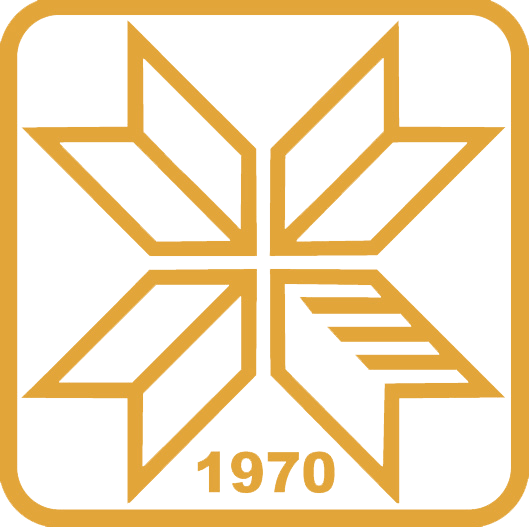Приказ основних података о документу
Crosslinking of Polymers: Rubber Vulcanization
| dc.contributor.author | Marković, Gordana | |
| dc.contributor.author | Marinović-Cincović, Milena | |
| dc.contributor.author | Samaržija-Jovanović, Suzana | |
| dc.contributor.author | Jovanović, Vojislav | |
| dc.contributor.author | Budinski-Simendić, Jaroslava | |
| dc.date.accessioned | 2023-03-07T08:55:21Z | |
| dc.date.available | 2023-03-07T08:55:21Z | |
| dc.date.issued | 2020-10-02 | |
| dc.identifier.isbn | 978-3-030-45134-9 | |
| dc.identifier.uri | https://platon.pr.ac.rs/handle/123456789/1078 | |
| dc.description.abstract | Crosslinking is a process whereby the polymer segments from different polymer chains are interconnected by covalent (and sometimes ionic) linkages. Crosslinks can be formed either during the polymer synthesis process, or additionally by reaction leading to the connection of already finished macromolecules. The crosslinking agent is necessary for the crosslinking of the finished polymer. Given the great length of the macromolecules, only a small amount of crosslinking agent is necessary to produce huge spatially arranged macromolecules. The increase in the degree of branching and polymerization and the growth of the polymer are observed at the beginning of the crosslinking reaction. The branched polymer gradually passes into an infinite structure that is represented by the network of polymers. The polymer with a small number of crosslinking sites contains part of the soluble portion (sol) and part of the insoluble portion (gel). The portion of soluble (extractible) polymer is decreased along with the growth of crosslinking density. Crosslinking of polymers leads, on the one hand, to the reduction of solubility and fusibility and, on the other hand, the increase of thermal stability and resistance to chemicals. The most frequently used crosslinking reaction in technological practice is the rubber vulcanization. Formerly, the plastic material is changed during vulcanization in highly elastic vulcanized rubber. Vulcanization resides in the reaction of elemental sulphur, organic sulphur compounds or organic peroxides with linear polymer chains, when crosslinks are forming. The most important and at the same time the oldest vulcanizing agent of polydiene rubbers is sulphur. Polymers can also construct crosslinks by peroxides. The main objective of this chapter was to analyze the crosslinking processes associated with vulcanization reactions between rubber macromolecules, as well as the types of crosslinking and the determination of crosslinking density. | en_US |
| dc.language.iso | en_US | en_US |
| dc.publisher | Springer Nature Switzerland AG | en_US |
| dc.title | Crosslinking of Polymers: Rubber Vulcanization | en_US |
| dc.title.alternative | Reactive and Functional Polymers Volume Two: Modification Reactions, Compatibility and Blends | en_US |
| dc.type | poglavlje-u-monografiji | en_US |
| dc.description.version | publishedVersion | en_US |
| dc.identifier.doi | https://doi.org/10.1007/978-3-030-45135-6_5 | |
| dc.citation.spage | 117 | |
| dc.citation.epage | 134 | |
| dc.type.mCategory | M13 | en_US |
| dc.type.mCategory | closedAccess | en_US |
| dc.type.mCategory | M13 | en_US |
| dc.type.mCategory | closedAccess | en_US |
